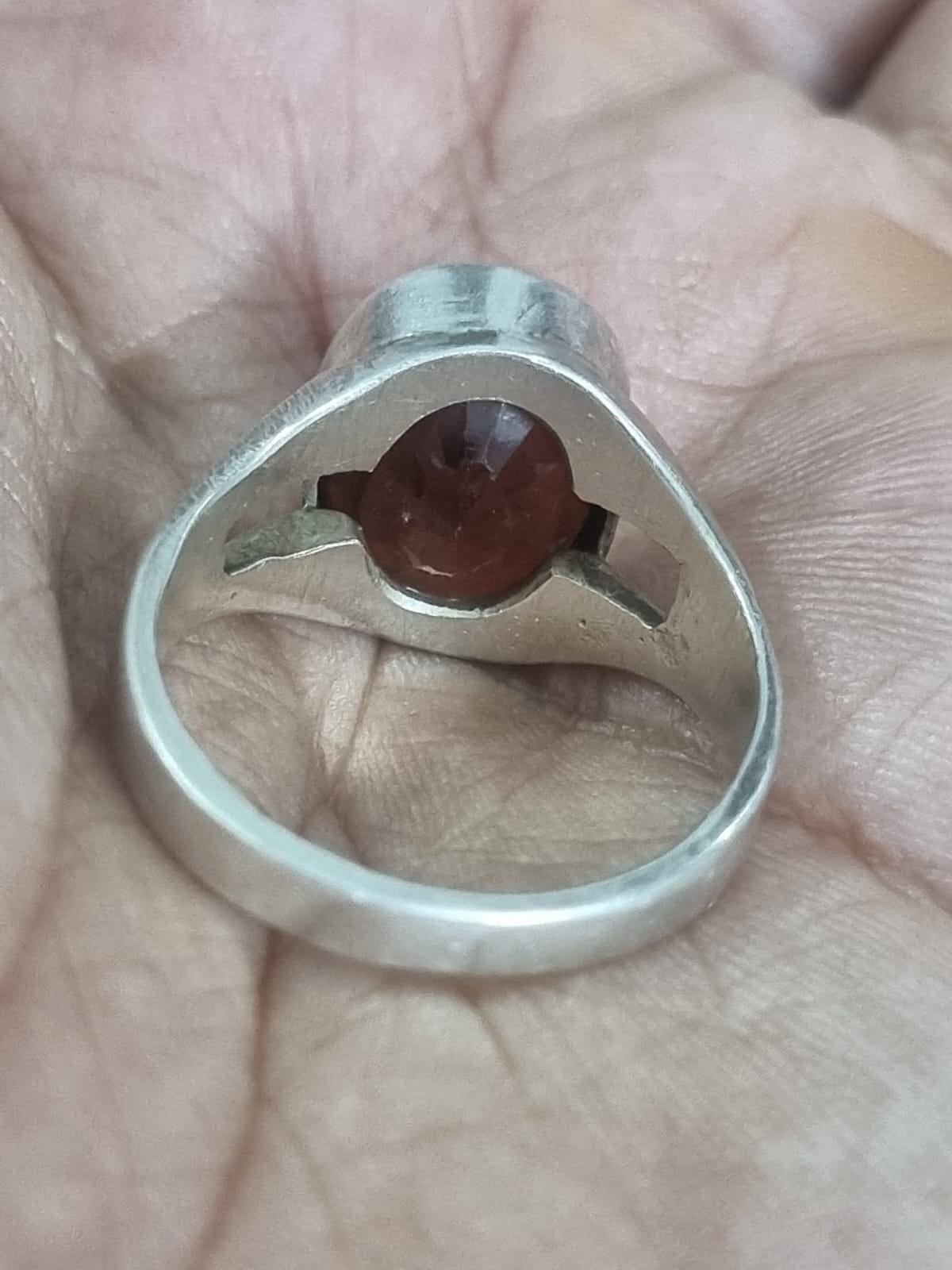How to Tell If Freshwater Pearls Are Real

How to Tell If Freshwater Pearls Are Real: A Complete Guide
Introduction
Freshwater pearls are cherished for their beauty, versatility, and affordability. However, like many gemstones, fake or imitation pearls can sometimes be passed off as real. If you're in the market for genuine freshwater pearls, it's essential to know how to tell if they're authentic. This blog post will guide you through several foolproof methods to distinguish real freshwater pearls from fakes, ensuring you make a confident and informed purchase.
What Are Real Freshwater Pearls?
Real freshwater pearls are formed naturally inside freshwater mussels, often in lakes, rivers, or ponds. These pearls are made of layers of nacre, the same material that forms the shell of the mollusk. The nacre gives pearls their unique luster, iridescence, and durability. Unlike synthetic or imitation pearls made from glass, plastic, or other materials, real freshwater pearls have distinct characteristics that set them apart.

1. The Tooth Test
One of the easiest and most popular ways to determine whether a freshwater pearl is real is by using the tooth test.
- How to Perform the Test: Gently rub the pearl against the edge of your teeth (not the front surface). If the pearl feels gritty or slightly rough, it is likely real. This gritty texture comes from the layers of nacre. On the other hand, if the pearl feels smooth, it is most likely fake, as imitation pearls are made with synthetic coatings that lack the natural roughness of nacre.
Note: While this test is simple, it's not foolproof. Use it as one of several methods to confirm authenticity.
2. Examine the Surface Texture
Real freshwater pearls have unique surface imperfections, adding to their charm. Upon close inspection, you may notice small bumps, ridges, or natural variations.
- How to Spot Real Pearls: A real freshwater pearl will have slight irregularities on its surface, even if it appears smooth from afar. Fake pearls are often too perfect, with a flawless, overly smooth texture that appears unnatural.
3. Check the Luster
Luster refers to the shine or glow that comes from the surface of the pearl. It is one of the most distinctive features of a real pearl.
- Real Pearls: Freshwater pearls have a soft, deep, and natural glow that appears to come from within the pearl. The nacre reflects light in a unique way, making the pearl look luminous.
- Fake Pearls: Imitation pearls, often made of plastic or glass, will have a dull or overly shiny surface that looks artificial. Their shine doesn’t have the same depth or richness as real pearls.

4. Shape and Size
While perfectly round freshwater pearls exist, they are rare and often more expensive. Most real freshwater pearls are slightly irregular in shape.
- Real Freshwater Pearls: These pearls come in a wide variety of shapes, including oval, semi-round, baroque, and button shapes. You should expect some variation in a strand of pearls.
- Fake Pearls: Imitation pearls are typically perfectly round and uniform in size because they are mass-produced. If the pearls look too uniform, they are likely fake.
5. Weight
Real freshwater pearls tend to be heavier than fake pearls due to their natural nacre composition.
- Real Pearls: When you hold a real freshwater pearl in your hand, it will feel substantial, even if it is small. The density of the nacre gives it a weighty feel.
- Fake Pearls: Imitation pearls made from plastic or glass are much lighter. If the pearls feel unusually light, they are likely not real.
6. The Drill Hole Test
Take a close look at the holes drilled into the pearls (if they are strung on a necklace or bracelet).
- Real Pearls: Real freshwater pearls will have smooth drill holes with nacre surrounding the hole. Sometimes, you might even see tiny rings of nacre at the drill site.
- Fake Pearls: The drill holes on fake pearls tend to have chipped paint or coating around the edges, exposing the glass or plastic underneath. The holes may also be larger or uneven.
7. X-ray Test
If you're still uncertain about the authenticity of your freshwater pearls, an X-ray test is a surefire way to know for sure.
- Real Pearls: When viewed under an X-ray, real pearls will show their organic structure and concentric layers of nacre. Jewelers or gemologists often use this method to determine if a pearl is natural or cultured.
- Fake Pearls: Imitation pearls will not have the same layered structure and will appear as a solid object with no natural growth patterns.
8. Ask for Certification
When buying freshwater pearls from a reputable seller, always ask for certification. A gemological certificate from a trusted lab will provide detailed information about the pearls' authenticity, quality, and origin.
- Real Pearls: Certified freshwater pearls will come with documents verifying their authenticity, including details on luster, size, and any natural imperfections.
- Fake Pearls: Sellers of fake pearls will often avoid providing certification or offer misleading documentation.

Final Thoughts
Real freshwater pearls are beautiful, unique, and timeless. By using the tips outlined in this guide—such as the tooth test, examining the surface texture, checking the luster, and looking at the drill holes—you can confidently determine whether your freshwater pearls are genuine. When in doubt, always buy from a reputable jeweler and ask for certification to ensure you are investing in the real deal.
___________________________________________________
Also you can buy high quality Pearls and other gemstones of various ratti at affordable prices from Vedic Crystals
For more information about Vedic Crystals and our range of gemstones and rudraksha beads, visit Vedic Crystals website or contact us at contactus@vediccrystals.com/ +91-9811809967 (Whatsapp).
Also if you found this article useful , please share it with someone who might need it.
Moreover, in case you want a additional 5% discount coupon on our entire range of gemstones and Rudraksha : Please comment "Interested" below.
























